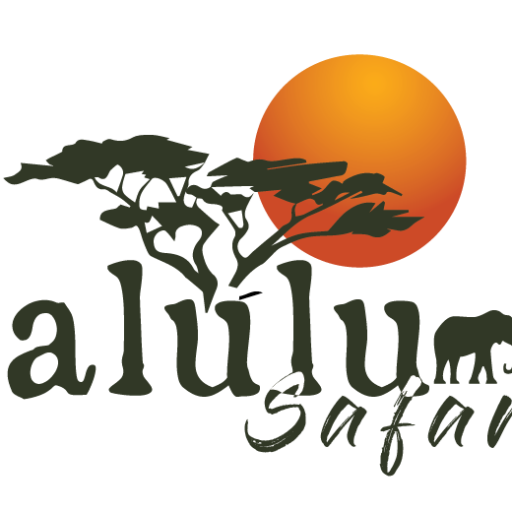Conquering Kilimanjaro: A Step-by-Step Guide to Climbing Africa’s Highest Peak
Climbing Mount Kilimanjaro is a bucket-list experience for many adventurers, offering stunning landscapes, diverse ecosystems, and a sense of immense accomplishment. Known as Africa’s tallest mountain at 5,895 meters (19,341 feet), Kilimanjaro attracts climbers from all over the world. But Climbing Mount Kilimanjaro requires careful planning, proper preparation, and physical and mental resilience. For those dreaming of Climbing Mount Kilimanjaro, here’s a comprehensive guide from Kalulu Safaris to help you prepare for the climb of a lifetime.
1. Choose Your Route Wisely
Mount Kilimanjaro offers several distinct routes, each with different levels of difficulty, scenery, and acclimatization opportunities. Choosing the right route for your skill level and goals is crucial to success.
- Marangu Route: Often called the “Coca-Cola Route,” this is the only route with hut accommodations. It’s a shorter route but has a lower success rate due to its fast ascent.
- Machame Route: Known as the “Whiskey Route,” this is the most popular route, with scenic paths and better acclimatization options, making it ideal for those seeking a balance between challenge and enjoyment.
- Lemosho and Shira Routes: Both offer beautiful scenery and high success rates. These longer routes allow for better acclimatization, making them suitable for those with a bit more time.
- Rongai Route: This is the only route that approaches from the north. It’s less crowded and considered a moderate route.
- Umbwe Route: The shortest but steepest route. It’s best suited for experienced climbers due to its challenging terrain.
Most treks range from 5 to 10 days, depending on the route and how many acclimatization days are included.
2. Physical Training and Fitness Preparation
Preparing physically is essential for a successful Kilimanjaro climb. While it doesn’t require technical climbing skills, the altitude and endurance demand strength and stamina.
- Build Endurance: Focus on cardio exercises like hiking, running, cycling, or swimming to build stamina. Aim for 3-5 cardio workouts a week, gradually increasing your workout duration.
- Strength Training: Strong legs and core are key for long hours of trekking. Include exercises like squats, lunges, and core workouts to strengthen muscles and improve balance.
- Practice Hiking with a Backpack: As you’ll be carrying a daypack, it’s helpful to get comfortable with its weight by hiking with it on, filled with essentials.
- Get Used to Altitude if Possible: If you live near mountains or can visit higher altitudes, it’s a great way to help your body adjust to lower oxygen levels.
3. Plan Your Packing Essentials
Packing the right gear is essential for comfort and safety on Kilimanjaro. While porters carry your main bag, you’ll need to be self-sufficient with your daypack.
- Clothing: The weather on Kilimanjaro varies from tropical at the base to freezing at the summit. Use the layering system:
- Base Layer: Moisture-wicking thermal top and bottom.
- Insulating Layer: Fleece or down jacket for warmth.
- Outer Layer: Waterproof and windproof jacket and pants to protect from rain and wind.
- Accessories: Warm hat, gloves, scarf, and a balaclava for summit day.
- Footwear: Sturdy, broken-in hiking boots and thick wool socks.
- Daypack Essentials: A good-quality, 20-30L daypack should include:
- Water bottle or hydration pack
- Snacks for quick energy
- Sunscreen, sunglasses, and a hat for sun protection
- Headlamp with extra batteries
- First-aid kit and personal medications
- Portable power bank for electronics if needed
- Sleeping Bag: Choose a four-season sleeping bag rated for sub-zero temperatures.
4. Mental Preparation and Attitude
Kilimanjaro is as much a mental challenge as it is a physical one. The journey can be grueling, with long days of hiking, altitude sickness symptoms, and cold temperatures on summit night.
- Visualize Success: Picture yourself at the summit. This can help keep you motivated when the trek gets tough.
- Embrace the Journey: Appreciate the mountain’s beauty, from rainforests to moorlands, alpine deserts, and glaciers.
- Prepare for Altitude Sickness: Even the fittest climbers can experience altitude sickness. Know that it’s normal and can be managed with rest, hydration, and gradual acclimatization.
5. Altitude Acclimatization and Health Considerations
Altitude is one of the biggest challenges on Kilimanjaro. Proper acclimatization is crucial for a safe and successful climb.
- Hydrate: Aim to drink at least 3-4 liters of water daily to help your body adjust to the altitude.
- Take It Slow: Your guides will remind you to go “pole pole” (slowly, slowly). Slower pacing is key to minimizing altitude sickness.
- Acclimatization Days: Routes like Lemosho and Machame offer built-in acclimatization days to help your body adjust. Extra days increase your chance of reaching the summit.
- Medication: Some climbers use medications like acetazolamide (Diamox) to help with altitude symptoms. Consult your doctor about this option and any health conditions.
6. What to Expect on the Mountain
Each day on Kilimanjaro is unique, bringing different landscapes, challenges, and rewards.
- Diverse Landscapes: You’ll start in lush rainforests, progress through heather-filled moorlands, traverse alpine deserts, and finally reach the glacial zone at the summit.
- Changing Weather: The weather can vary greatly. You might experience rain, intense sun, and even snow on summit day. Flexibility and adaptability are crucial.
- Summit Night: The final ascent often begins around midnight to reach the summit at sunrise. This is the toughest part of the climb, involving a steep, cold, and challenging trek, but reaching Uhuru Peak is worth every effort.
7. Celebrate the Summit!
Reaching the summit of Mount Kilimanjaro, standing at Uhuru Peak, is an incredible accomplishment. Take time to soak in the moment, snap photos, and reflect on the journey. You’ll have pushed through challenges, supported your fellow climbers, and experienced one of the most remarkable journeys Africa has to offer.
8. Prepare for the Descent
The descent is often faster but still requires caution. You’ll trek back through familiar terrain, reflecting on the journey. Proper footwear and knee protection can help with the downward trek, as it can be tough on the joints.
9. Celebrate and Reflect on Your Achievement
Returning from Kilimanjaro is a time to celebrate and reflect on the incredible accomplishment. Many climbers find the experience transformative, gaining a renewed sense of resilience and a deep connection to nature.
Conclusion
Climbing Mount Kilimanjaro is a transformative journey that demands commitment, resilience, and respect for the mountain. With Kalulu Safaris as your trusted guide, Climbing Mount Kilimanjaro becomes a safe, well-supported adventure that will leave you with memories for a lifetime. For many adventurers, Climbing Mount Kilimanjaro is a dream that combines the thrill of reaching Africa’s highest peak with the opportunity to experience breathtaking landscapes and diverse ecosystems.
Preparing for Climbing Mount Kilimanjaro involves training, careful planning, and mental readiness, all of which are essential to conquering this majestic mountain. Whether you’re seeking a physical challenge or a chance to connect with nature, Climbing Mount Kilimanjaro offers an experience unlike any other. Kalulu Safaris ensures that every aspect of your journey is well-organized, allowing you to focus on the rewarding aspects of Climbing Mount Kilimanjaro.
By embracing the challenges and opportunities of Climbing Mount Kilimanjaro, you’ll discover a newfound sense of resilience and accomplishment. Are you ready to take on the ultimate adventure? Climbing Mount Kilimanjaro with Kalulu Safaris will turn your dream into reality!

